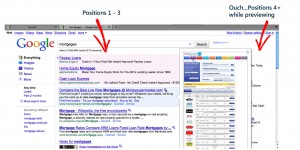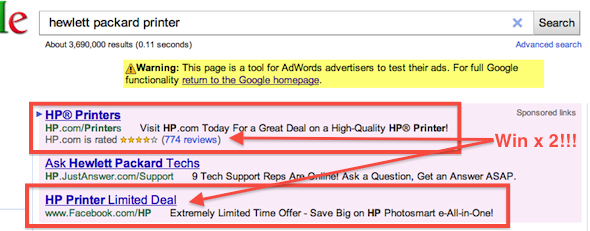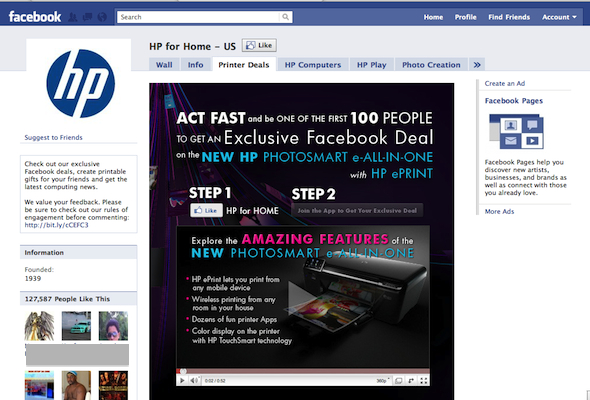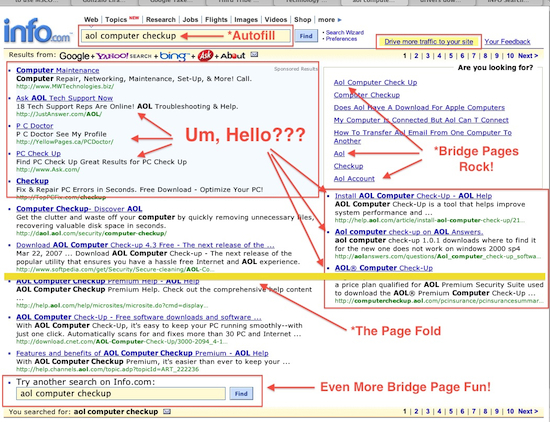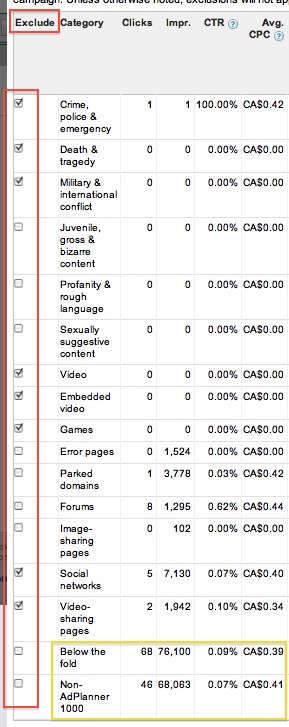Every time a site gets nuked out of Google Adwords or ends up penalized in the organic SERPs killing the business entirely, there’s the inevitable side comments that “you shouldn’t base your entire business on Google”. That’s usually followed by advice to “build a brand” that so many users will search for that Google can’t ignore your site. The only problem with that bit of advice is no one ever says exactly how you’re supposed to do that, aside from just “building a really word-of-mouth-worthy” product.
That’s a nice thing to say, but it’s not the only way. I’ve always thought that products marketed through TV infomercials were a great example of building up brand awareness completely out of the blue, and then seeing your brand-building directly reflected in Google keyword search.
Of course, doing late-night infomercials is not the only way to build brand awareness, there’s plenty of guerilla techniques for grabbing attention. That said, when you look at examples of brand search traffic that popped up absolutely out of nowhere, the power of generating your own buzz and traffic is impressive.
Here are examples of some of the top infomercial products from the past few years and the effect that their brand and product TV ads had on their brand keyword search traffic. It’s noteworthy that all of these advertisers coupled their TV ad campaigns with corresponding PPC campaigns to ensure they captured the brand clicks generated by their TV ads:
Shake Weight
The Ab Circle Pro
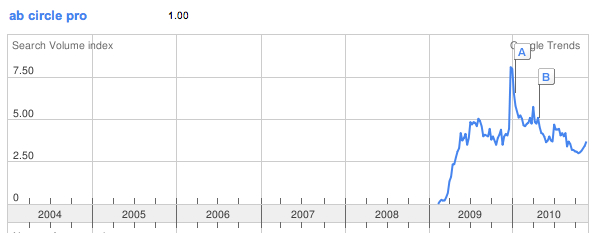
P90x
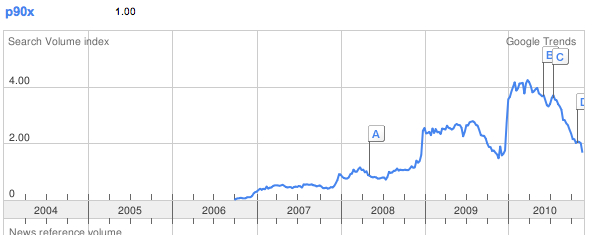
Magic Jack
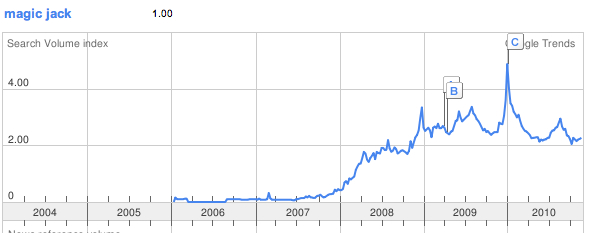
Slap Chop
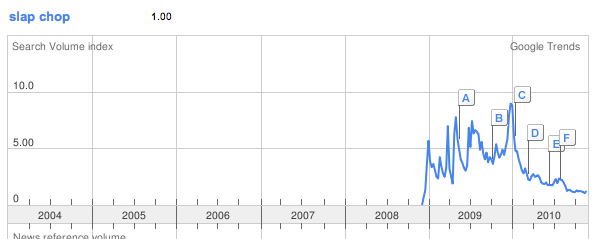
Shamwow!
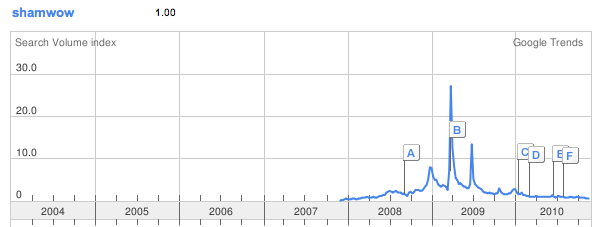
*Side Note: I think we’re going to hire Vince here to be our PPCblog spokesman:)
Snuggie
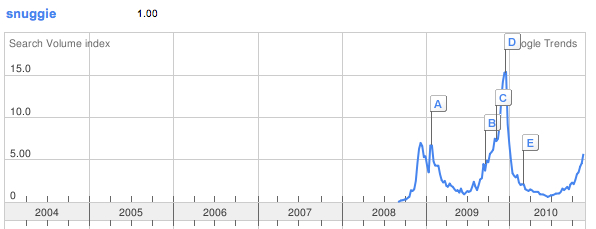
*Side note: “Slanket” came out roughly at the same time as the Snuggie with an identical product, but didn’t advertise anywhere near as aggressively as Snuggie, and ended up losing the corresponding brand search traffic boost as well:
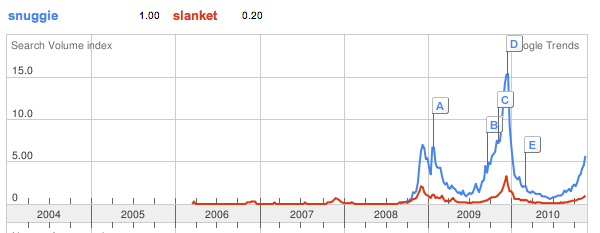
The Bumpit
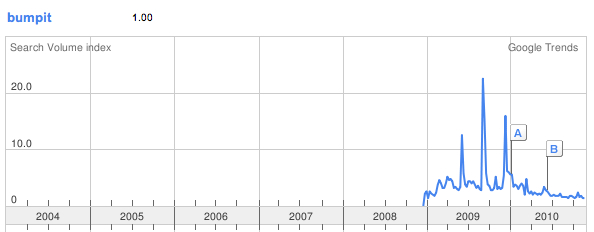
The Perfect Pushup
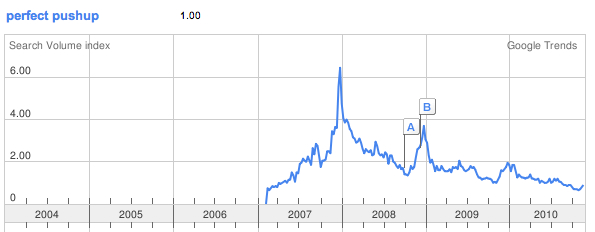
Cash for Gold
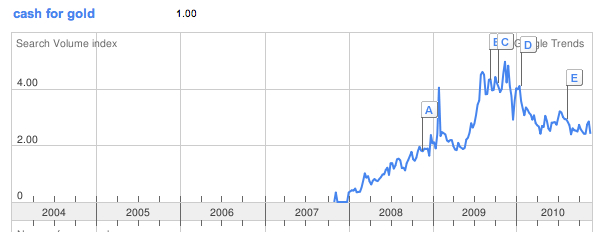
The Biggest Brand Search Winner? P90x
Which infomercial product generated the most brand traffic out of all of these entrants? P90x. By a huge margin. (Google trends only allows you to compare up to five brands at once, but these five represent the largest of the above total list of 10):
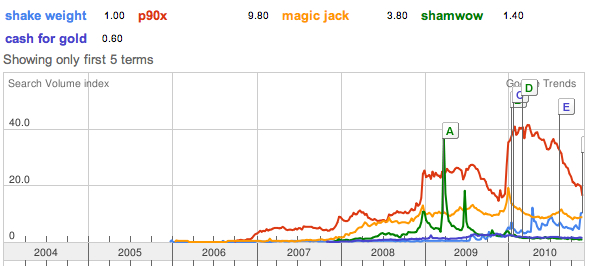
Concluding Thoughts
Google TV Ads have made even primetime ad slots available to advertisers with budgets as low as $500. Professional ad spots can be developed by production companies in Google’s database for under $1000 for basic product ads. This is in addition to Spotrunner and other remnant TV and radio marketplaces that allow you to buy old-media placement for pennies on the dollar. This kind of offline-to-online branding exercise (even if sales aren’t directly driven by the TV ads) has never been within reach to as many advertisers as it is now.
“Yeah, but a number of those product advertisers had celebrity endorsements to drive traffic to the brand”. That may be true (RIP Ed McMahon) but even celebrity endorsements can be licensed for under $2000 a month from innovative new companies like Brand Affinity Technologies aka. “Rent-a-Celebrity-Endorsement”.
In short, don’t overlook the offline-to-online correlation, tie your PPC campaigns into larger-scope ad or brand campaigns, and take advantage of some of the revolutionary shifts in traditional media buying that make all of this possible for a fraction of the cost of yesteryear!
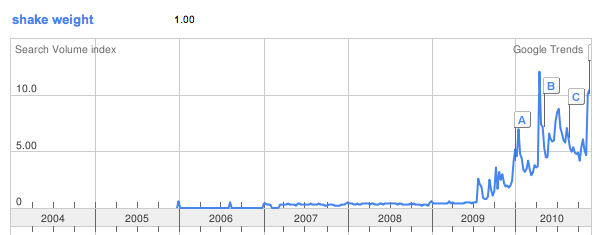
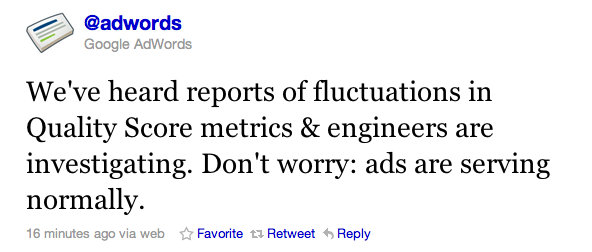







 When I was speaking a couple of weeks ago at
When I was speaking a couple of weeks ago at 
